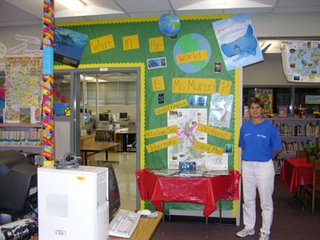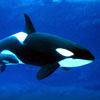Day 3 - Anchorage at Loch Sween

Day 3 – Lat 56 degrees 01.800N Lon 005 degrees 35.458W Air temp = 14 degrees C water temp = 11.1 degrees C. Tucked nicely by Loch Sween. We, (the brave ones) fancied ourselves with a brisk swim in the Loch. Of course, the Floridean dressed for the occasion. Seals were by but didn’t come close enough for an encounter. We ended our day with a top notch dinner – mussels, prawns and haddock with broccoli & crisp potatoes. What a gorgeous day it was! It was very windy at times but for the most part calm and sunny. We had a few sightings of seals and porpoises – no whales though. We have found that this research stuff is hard work. Well at least tiring. From the get go, we have breakfast, discuss our plans for the day – the route we plan to take and then it’s research time. We are broken down into pairs – two standing at the mask pole switching sides after a half hour, two collecting the data sightings – one which is perched at the computer & the other at the companion way, with the other two ‘off duty’. The pairs rotate every hour and we keep rotating until we reach our next anchorage. It is very important that we collect accurate data and on time data. For example, we need to do an environment conditions data collection every 15 minutes. Question for the day is “Why do you think it is important to have this environment conditions information for this sightings research?”







0 Comments:
Post a Comment
<< Home